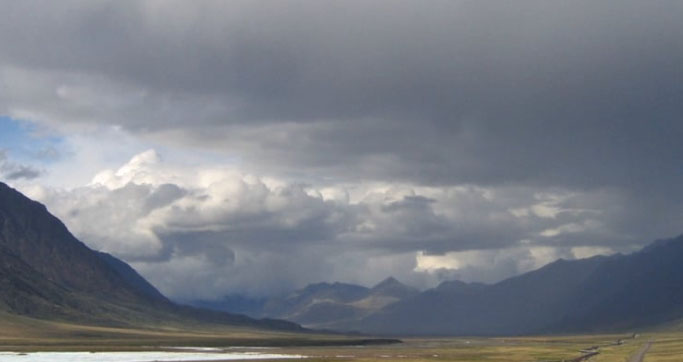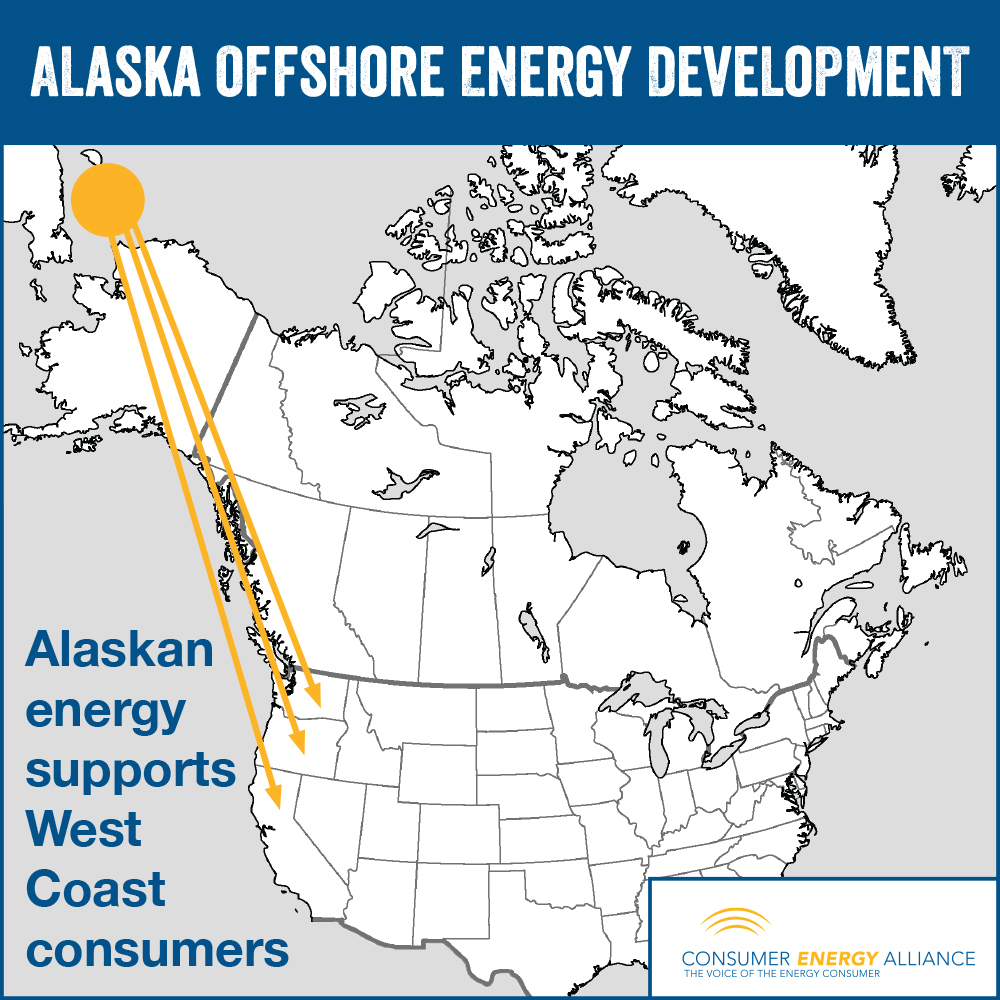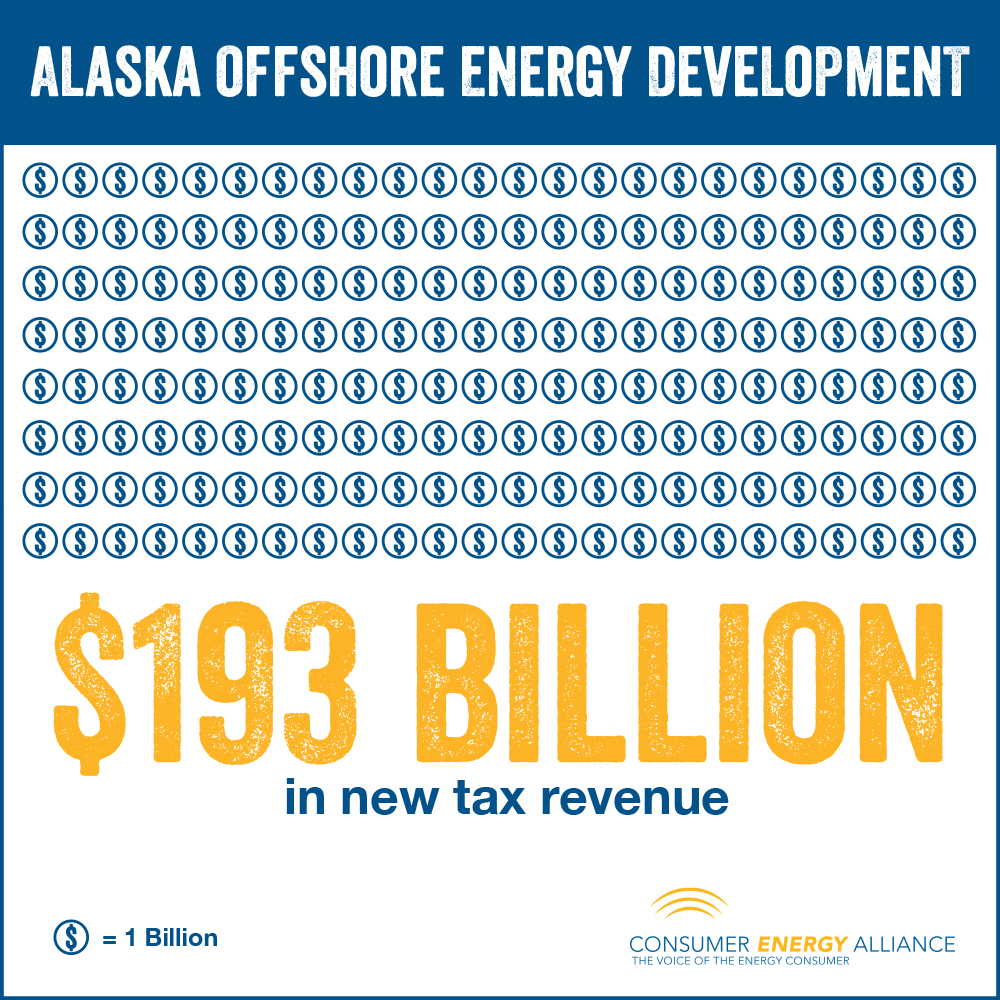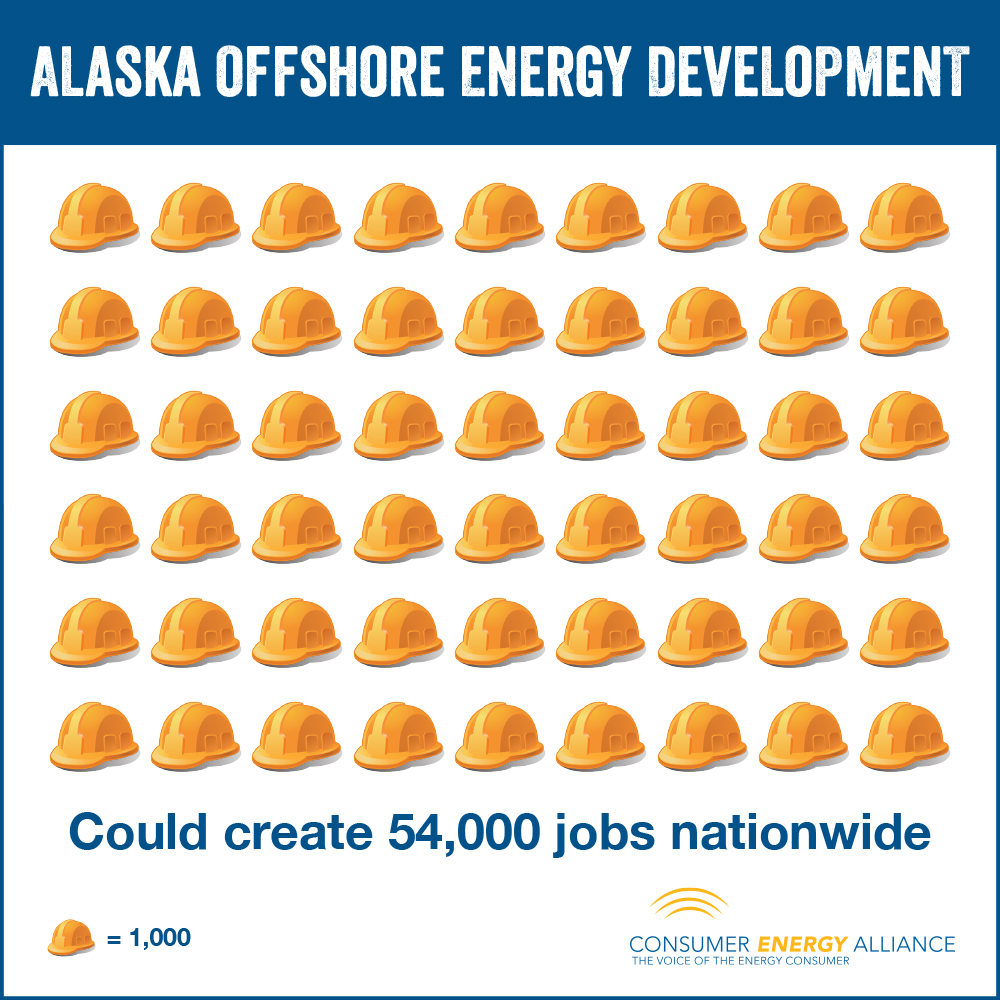The Arctic is one of the last frontiers, home to vast natural resources and an area of emerging geopolitical importance. The United States is an Arctic nation with Alaska anchoring our interests in the region.
Alaska’s critical onshore and offshore energy resources can further strengthen American national security and economic prosperity. We must ensure that energy development proceeds safely under strict western standards for environmental protection.
It’s time to get to work.









